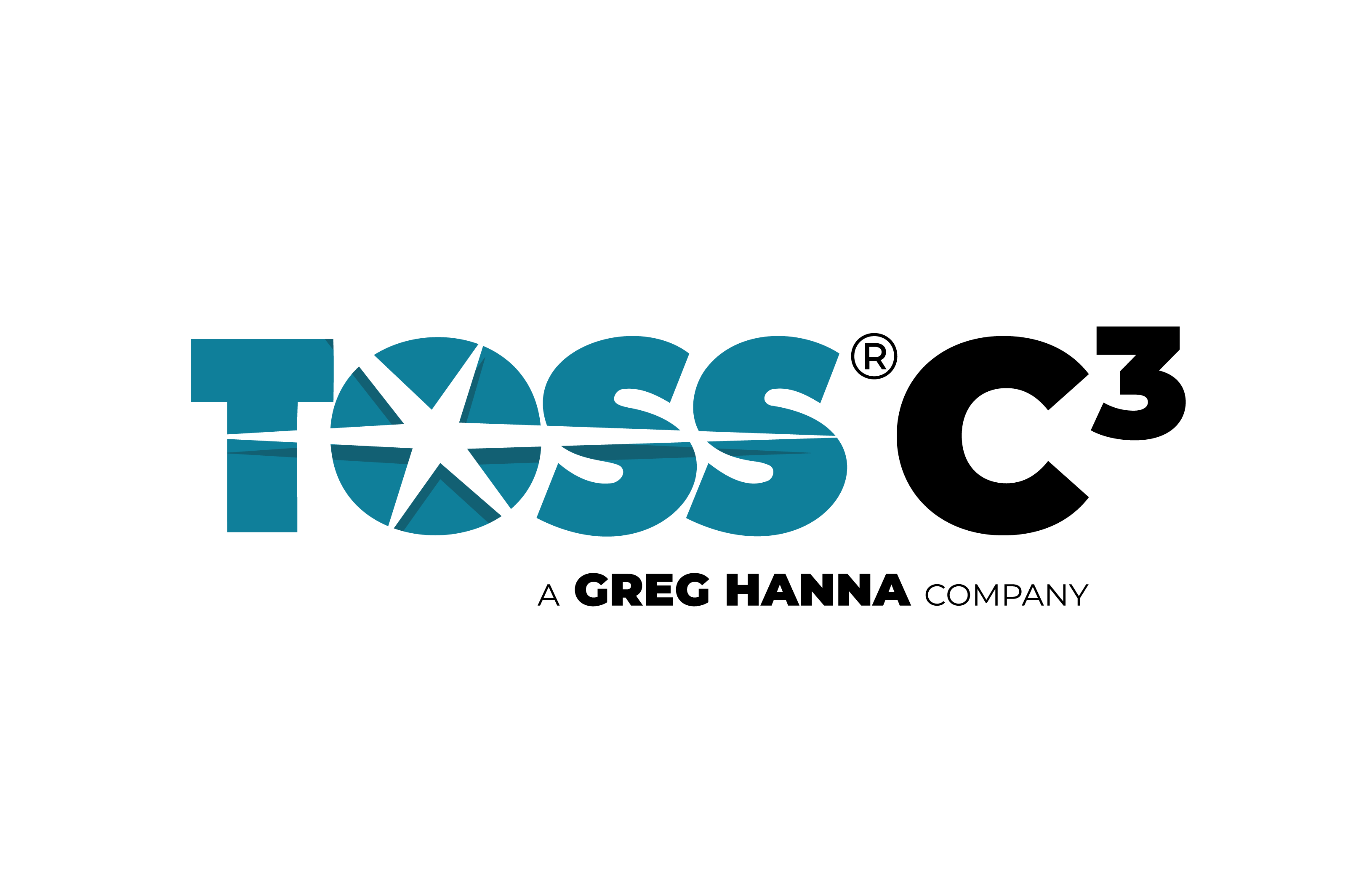What is DLP as a Managed Cloud Service?
November 16, 2017

Does your agency have a plan for when the lights won’t turn on? What if you turned on the computer tomorrow – and nothing happened? When was the last time a backup of all your critical functions occurred? Would you know how to access that data if your primary IT structure failed?
According to the Disaster Recovery Preparedness Council’s latest Annual Report, three of four companies are not prepared for a loss of data. The losses, post-incident, range for $50,000 to $5 million in the companies they surveyed.
Surprisingly, there is an affordable service that leverages cloud technology to help the small to mid-sized business mitigate the damage in the event of data loss. This outsourced IT function is called DLP – or data loss prevention services. This post explores DLP and how this managed service can help the small insurance agency protect its data.
Managed Cloud Services – DLP
DLP is a combination of software, hardware, and human expertise, which works to monitor IT networks, backup data, and establish controls to recover it should the unthinkable occur. DLP software is used in managed cloud services to help protect access to data and the ability to migrate it somewhere else. DLP as a managed cloud service is typically controlled by an off-site administrative team that monitors the network for a security breach, as well as halting data downloads that are unauthorized.
Gartner says this type of service is exploding in the marketplace as hacker threats intensify. The potential loss of data is a huge issue – particularly when you consider that many small businesses lack a disaster recovery plan. Cloud-based DLP as a service is the best way for any small to mid-size business that lacks an IT internal staff to stay protected 24/7/365.
Get a free assessment of your data security.
DLP managed cloud service often comes with an entire security team from an external vendor. Their job is to ensure frequent backups of all of your critical functions, in addition to monitoring the security of data. Because the data is housed in the cloud, it is updated and backed up in real-time. Typically, DLP managed cloud service also comes with a reporting mechanism that gives data owners a better sense of data peaks and valleys as well as providing information on any potential security concerns.
Benefits of DLP as a Managed Cloud Service
DLP can also be administered on-site, which necessitates the purchase of additional software and hardware. Typically, DLP is a cloud-based service that can either supplement existing IT teams or provide staffing when none is available. The Digital Guardian points out, “DLP managed services make it possible for organizations of all sizes to quickly deploy DLP solutions and manage policies more easily, without burdening limited in-house resources or budgets.”
It’s crucial to apply DLP-as-a-service across all digital devices that access corporate data. From cell phones and in-office Wi-Fi connections to on-premise servers and laptops, DLP is a must-have tool for all points in your network.
One important issue to consider with managed cloud services in general, is that there is a collective consciousness related to the latest hacker and security threats. As new threats emerge, security patches and policy changes are immediate. Instead of waiting for a visit from “the IT guy” to upgrade operating systems, security patches can occur quickly in the cloud. As new malware crops up, DLP cloud service providers can respond quickly and seamlessly. This is just one benefit of the service.
Why Select DLP Managed Cloud Service?
The best way to proactively respond to the risk of data loss is to partner with a company who can monitor and maintain your network. While traditional DLP is an expensive undertaking for most agencies, cloud service is a manageable subscription service.
Contact TOSS C3 to find out more about security services offered in the cloud.

Subscribe now and stay up to date with News, Tips, Events, Cybersecurity, Cloud and Data Compliance.